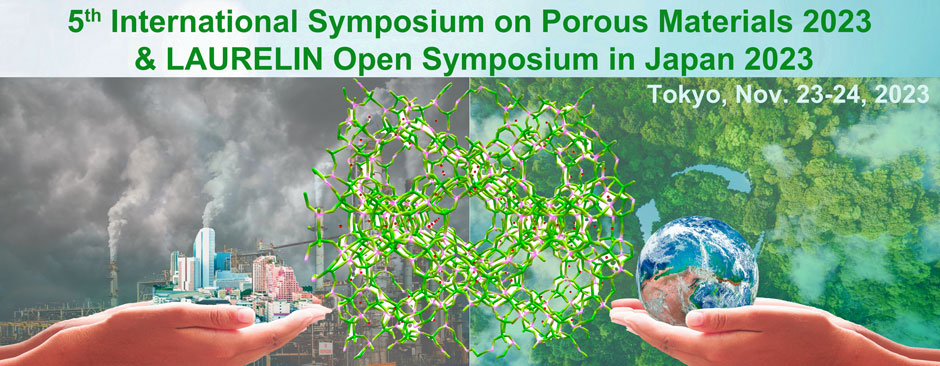Nanospace Catalysis Unit
Overview
Nanospace materials such as zeolites and mesoporous materials are attracting much attention owing to their high specific surface area, controllable space structure, various framework compositions, etc. For example, zeolites are crystalline microporous materials with so-called "molecular sieves" function, which is an ability to selectively sort molecules based on a size exclusion process, and they have widely been utilized in industry. Nanospace catalysts exhibit a unique catalytic performance that cannot be achieved by catalysts without nanospace. We can further improve their catalytic performance by means of controlling the structure of nanospace and the location, type and amount of active sites. This research unit aims to create nanospace catalysts that can make efficient use of diverse resources on the planet and that can contribute to the development of green production of chemical feedstocks and value-added chemicals.
Research goals
This research unit aims to create nanospace catalyst that can make efficient use of diverse resources on the planet and that can contribute to the development of green production of chemical feedstocks and value-added chemicals. In order to contribute to the realization of “Artificial Photo Synthesis” in the chemical industry, a novel nanospace catalyst for the production of lower olefins such as ethylene and propylene from CO2 and solar hydrogen should be developed. We are now tackling the development of a highly stable zeolite catalyst for the methanol to olefins (MTO) reaction with a high performance. Methane, which is a main component of natural gas and shale gas, is an alternative carbon resource to petroleum, and the development of novel technologies that can convert methane easily into chemicals has strongly been desired. Therefore, we are also tackling the development of novel nanospace catalysts for direct conversion of methane into methanol followed by lower olefins.



